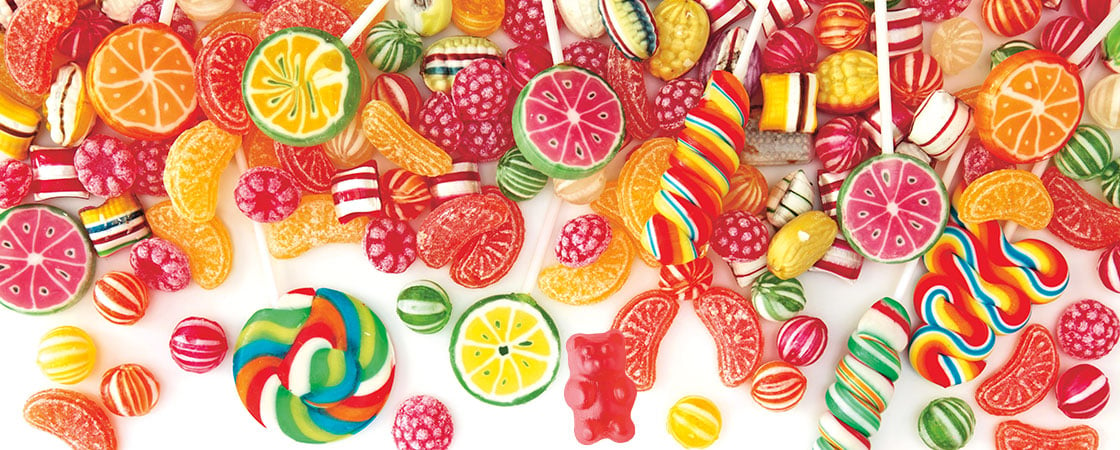It was 1847, and for months Oliver Chase of Boston had been tinkering with a brand-new invention. Soon it would change America and the world.
Chase wasn’t really an inventor. He was a pharmacist, a person who sold medicines. Like most pharmacists at the time, Chase made his own remedies.
Among his most popular were lozenges—small round discs made of mashed-up herbs and chemicals.
People bought them to cure their scratchy throats and aching heads. They didn’t really work, and they tasted disgusting. That’s why most lozenges were covered with a sugary shell.
In 1847, Oliver Chase of Boston was working on a new invention. Soon it would change America and the world.
Chase wasn’t really an inventor. He was a pharmacist. That’s a person who sells medicines. Like most pharmacists at the time, Chase made his own remedies.
His lozenges were his most popular remedies. These lozenges were small round discs made from herbs and chemicals.
People bought them to cure scratchy throats and aching heads. The lozenges didn’t really work. And they tasted disgusting. That’s why most lozenges were covered with a sugary shell.

